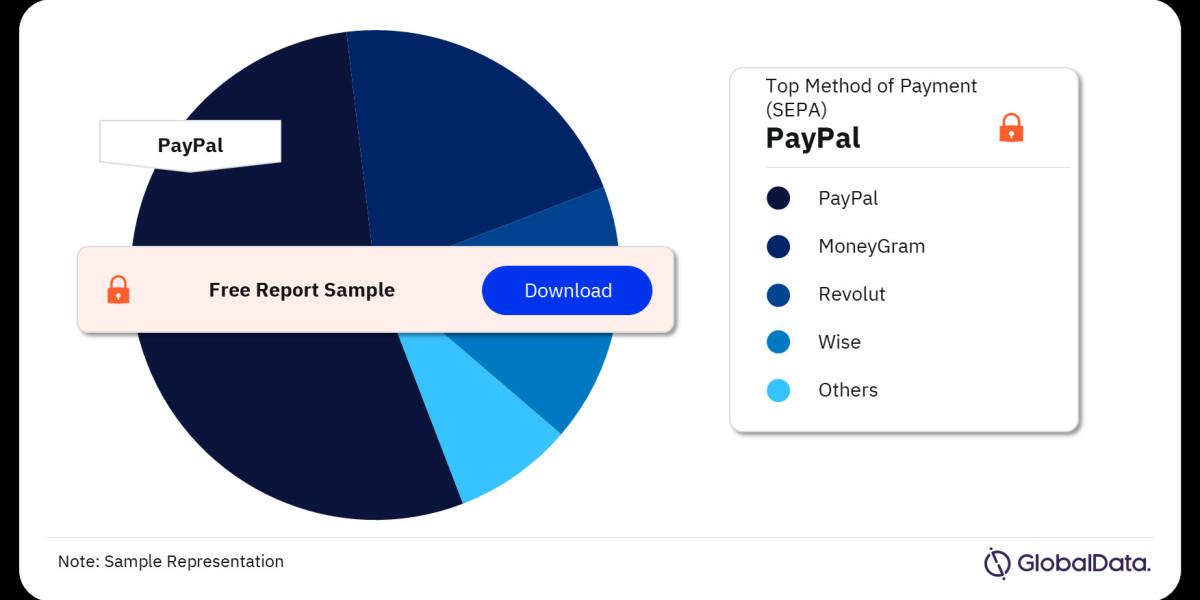In today's globally interconnected world, cross-border payments have become the lifeblood of international trade and commerce. Individuals, businesses of all sizes, and financial institutions rely on efficient and cost-effective ways to send and receive funds across borders. The cross-border payments market is experiencing tremendous growth, driven by factors like:
E-commerce Expansion: The rise of online shopping has fueled demand for seamless cross-border payment solutions.
Globalization of Businesses: Companies are increasingly operating internationally, requiring frequent cross-border transactions.
Migration and Remittances: Millions of people send money back home to support families, creating a large and steady flow of cross-border payments.
This article delves into the cross-border payments market, exploring its current landscape, key trends, challenges, and future prospects.
Market Size and Growth Projections
The global cross-border payments market is a massive and rapidly growing sector. According to Allied Market Research, the market size reached a staggering $181.9 trillion in 2022 and is projected to reach a phenomenal $356.5 trillion by 2032, reflecting a Compound Annual Growth Rate (CAGR) of 7.3%. This growth is attributed to several factors, including:
Technological advancements: Fintech companies are developing innovative solutions that are faster, cheaper, and more transparent than traditional methods.
Regulatory reforms: Governments are working to streamline regulations and facilitate cross-border transactions.
Increased demand for transparency: Businesses and individuals are demanding greater visibility and control over their cross-border payments.
Segmentation of the Cross-Border Payments Market
The cross-border payments market can be segmented based on various factors:
Channel: This refers to the method used to transfer funds, such as bank transfers, money transfer operators (MTOs), card payments, and alternative payment methods.
Transaction Type: This categorizes payments based on the sender and receiver, such as Business-to-Business (B2B), Consumer-to-Business (C2B), Business-to-Consumer (B2C), and Consumer-to-Consumer (C2C).
Enterprise Size: This considers the size of the businesses involved in the transaction, categorized as large enterprises or small and medium-sized enterprises (SMEs).
End-User: This identifies the type of entity making the payment, categorized as individuals or businesses.
Region: This refers to the geographical location of the sender and receiver, with key regions being North America, Europe, Asia-Pacific, and Latin America & Middle East & Africa (LAMEA).
Understanding these segments helps identify specific growth opportunities and tailor solutions to cater to different needs within the market.
Key Trends Shaping the Cross-Border Payments Landscape
Several key trends are shaping the future of cross-border payments:
Rise of Fintech: Fintech companies are disrupting the traditional model with innovative solutions like blockchain-based payments, mobile wallets, and real-time transfers. These solutions offer faster transaction speeds, lower fees, and greater transparency.
Focus on User Experience: Customer experience is becoming a top priority. Payment providers are focusing on user-friendly interfaces, mobile integration, and faster onboarding processes to improve convenience and accessibility.
Open Banking and APIs: Open banking initiatives are enabling collaboration between traditional banks and fintech companies. Application Programming Interfaces (APIs) allow third-party providers to access financial data and build innovative payment solutions.
Emerging Technologies: Technologies like blockchain and artificial intelligence (AI) have the potential to revolutionize cross-border payments by enhancing security, automation, and compliance.
Challenges in the Cross-Border Payments Market
Despite the significant growth, the cross-border payments market still faces some challenges:
High Costs: Traditional methods like bank transfers are often slow and expensive, with high transaction fees and hidden charges.
Slow Transaction Speeds: Sending money across borders can take several days, impacting business efficiency and user experience.
Lack of Transparency: The flow of funds and associated fees can be opaque, making it difficult for users to track their transactions and understand the total cost.
Regulatory Hurdles: Complex and inconsistent regulations across different countries can hinder cross-border transactions and limit innovation.
Cybersecurity Concerns: Cross-border payments are vulnerable to cyberattacks, requiring robust security measures to protect sensitive financial data.
Buy the Full Report for More Insights on Correspondent Banking in the Cross-Border Payments Market, Download a Free Report Sample



